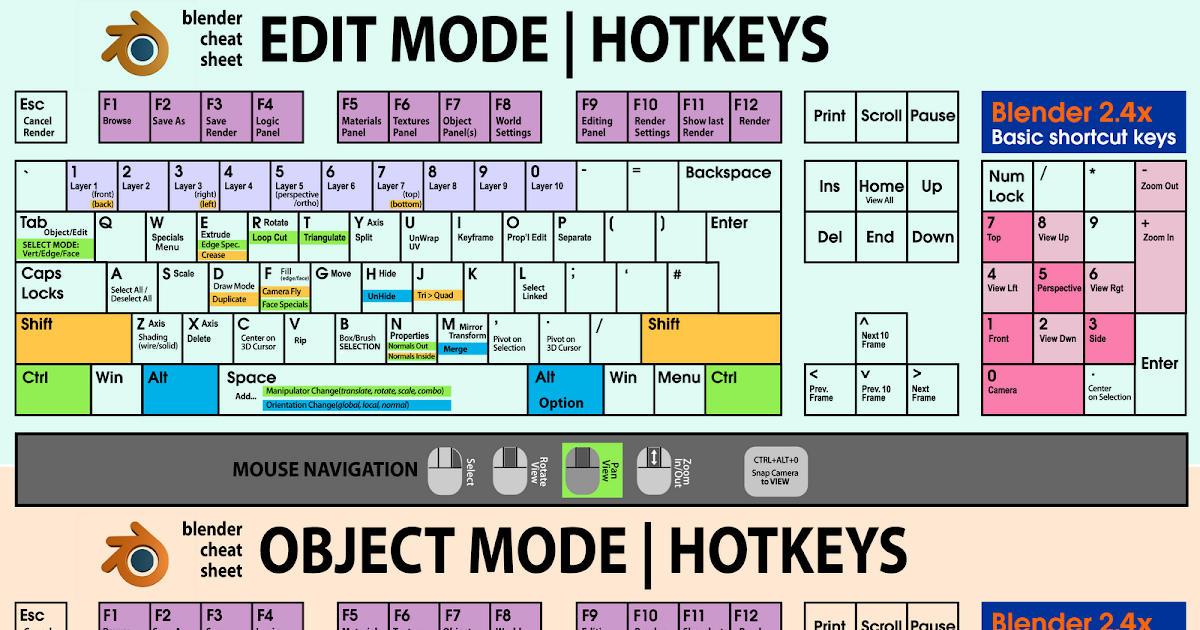
You can additionally enable the snapping mode to make the placement even easier. Now all transformations (move, rotate and scale) you make, affect only the origin.

In most tutorials I’ve watched, they do it the hard way, by first placing the 3d cursor at the desired location and then going to Object > Set Origin > Origin to 3D Cursor to place it.Ī quicker variation to complete this task is to just press Ctrl and. Sometimes you need to move this origin point to a specific location. This point determines the location, rotation, and scale of the corresponding object in 3D space. That little orange point you can see when selecting any object is the origin. And yes, it is possible to make the default cube the active camera, I just haven’t found any practical use for that yet!Īligning the light from first person perspective with the light/camera locked to the view. Use the shortcut RR to rotate in any direction or just lock the camera to view (N-Panel > View > View Lock > Camera to View) to place it exactly where you want. Now you can place the light out of first person perspective. Make a light the active camera by pressing Ctrl + 0. This is especially useful for positioning and aligning lights. But did you know that this works with any kind object, not only with cameras? You probably know that you can make a camera active, by using the shortcut Ctrl + 0. The vector pass is currently only available in cycles, but eevee’s motion blur is pretty fast anyways.Ĭompositor node setup and vector pass which has to be enabled. This motion blur is faster than rendering it directly, but keep in mind that you also won’t get the same amount of quality. Now you can play around with the samples and blur sliders, until you are happy with the result. In the compositor add a vector blur node, connect the depth to the Z and plug the vector into speed. Yes, this is possible!īefore you start rendering, make sure the vector render pass is turned on. There is a solution, however: Adding the motion blur in compositing instead of rendering it out. Unfortunately enabling this feature adds a lot of render time. It gives a lot of realism to your renders, especially if you are using cycles. Hold down Alt while pressing on any data path in Blender, to quickly open it up with your default file manager.Īlt click on the file path to open it with your file browser. There’s another helpful shortcut for quicker file navigation. Just type // in the file path and Blender brings you there immediately!Įnter // in the file path to directly get to the current directory. blend file is stored) shouldn’t be a problem however. Quickly getting to the current directory (folder where your. Navigating in Blender’s file browser can be really laborious, especially if your file system is as messy as mine used to be!

Use the shortcut Shift + R to repeat the last action. This shortcut works not only in the 3D viewport but in almost every editor and can be very helpful for modeling, shading, compositing, and animating.

Press Shift + R and Blender automatically repeats your last action. This might not be a problem if you have to do it three or four times, but it can cost you a lot of time if you repeat it dozens of times without knowing the proper shortcut. Sometimes you need to repeat the same task over and over. We’ve compiled some essential Blender tips that should help you on your journey of becoming a Blender expert. The key to mastering Blender is accumulating enough experience and knowledge of the countless features that the program offers. In the hands of a seasoned user, Blender is capable of producing top-notch renders and animations. In terms of learning it, there are various top-notch Blender courses and classes available online. It’s one of the most accessible programs available for digital artists and it has tools and functionality on par with high-end paid software.
#Blender shortcuts free#
Blender is a free and open-source 3D graphics program suitable for 3D modeling, sculpting, and animation.


 0 kommentar(er)
0 kommentar(er)
